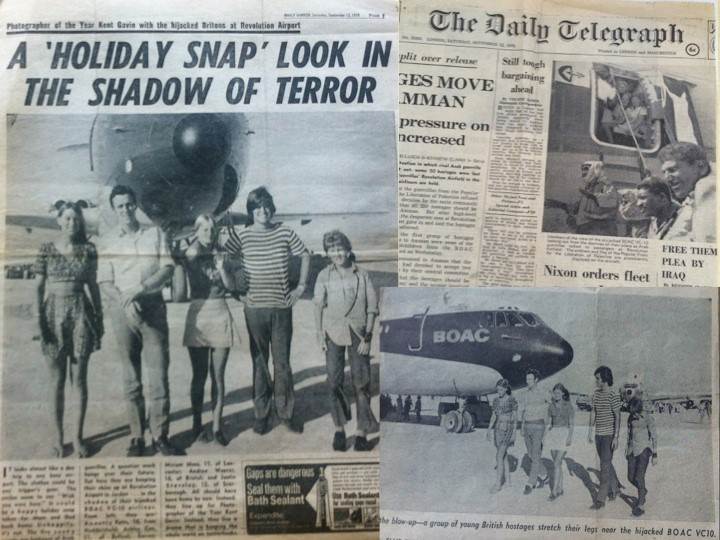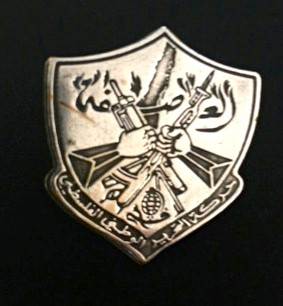Miriam Moss - Turning real life into a book
Published on: 29 August 2017 Author: Miriam Moss
Could I do it? That was the question running round my head after I'd taken some newspaper cuttings to my publisher and told her how I was hijacked flying alone back from the Middle East, aged 15.

I'd never thought of writing about this part of my life before, and although she was very interested in the story, she warned me that it might be difficult to write. So could I do it? And where should I start?
I didn't really understand the politics at the time of the hijack, or the details of the negotiations that took place. I was only aware then, that I was sitting on a plane full of explosives in the middle of the Amman desert in Jordan, full of passengers and crew waiting for the politicians and the guerrillas to make up their minds about whether we would be released or blown up.

Years later, with the 30-year ban on sensitive material lifted, I discovered for the first time what went on behind the scenes. It made for grim reading. My plane was one of three hijacked planes at the centre of what could have developed into a major war.
I had a few souvenirs from the hijack and they helped me remember how it felt. They included my plane ticket, a fan I used on the flight, and a little silver PFLP badge that I had been given before I left home by a friend, a weird coincidence as it was the Popular Front for the Liberation of Palestine who hijacked my plane.

I realised early on that I wouldn't be able to write about the real people involved with me on the plane, because many were still alive. Imagine if I put them in the wrong clothes, or with the wrong hairstyles, or inaccurately described what they said or did? They'd be furious! So I made up my own set of passengers and crew. (It was, after all, my story, they could write their own if they wanted to.)
But I could use the real desert outside the city of Amman (in Jordan) the real time (September 11th 1970) and the real plane (a BOAC VC 10). I could also use the real events that happened to me during my 4 days in captivity. I could hang the story on them. And I knew that if I told my story through the eyes of a 15-year-old girl called Anna, I could tap into the very real emotions that I felt at the time.
I did some more research and found a VC 10 plane, just like the one I had been held in, at the Imperial War Museum in Duxford, Cambridgeshire.

I was allowed to spend a whole afternoon on it by myself, in the cockpit, sitting by the open door, filming and writing. I needed to remember how cramped it had been, and what the seats and trays, the ashtrays and overhead storage looked like.
When I finally started to write, it became obvious that in order to be convincing, I needed to physically relive the horror and fear - all over again. That was hard. Each night when I'd finished working, and even though I hadn't been speaking to anyone - my voice had gone. So yes, I cried – and laughed - my way through writing the novel.
I also wanted to go back to Jordan to find the piece of desert where the hijack took place. I was told that as it was now inside a military zone, visitors were forbidden. But I found a taxi driver who said he would try. Somehow he talked his way inside the perimeter fence and past the guards and there I was, on the now-disused airstrip where so many years earlier I had stood under the nose cone of the plane, as hundreds of reporters took photos and the world watched and waited.

But this time something even more remarkable happened. I don't want to spoil the end of the book by telling you – so you'll just have to read it yourself! I hope you enjoy it.
And I really hope that this inspires you to write something from your life that, at first, seems too difficult.
Find out more on Miriam's website.





